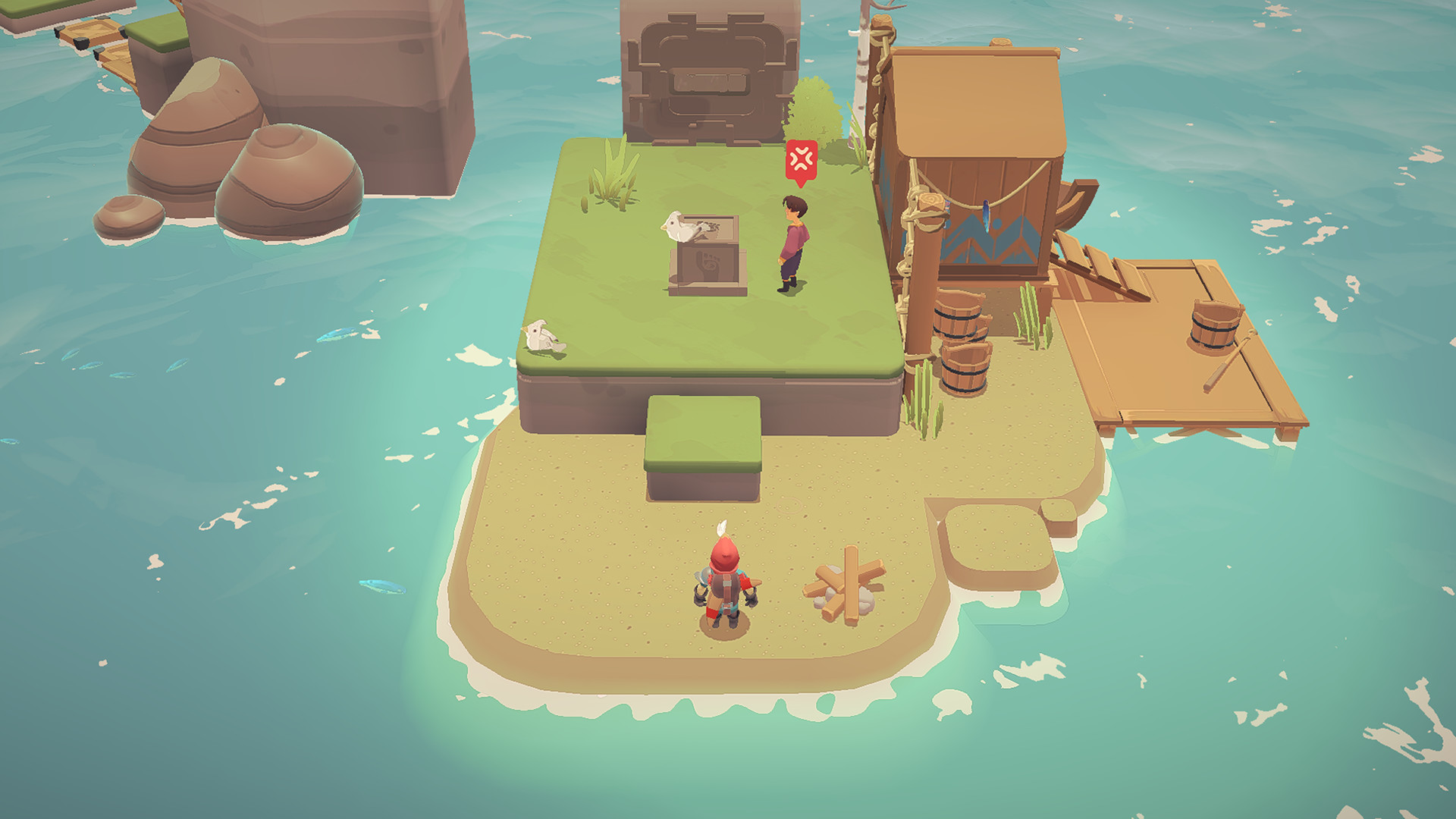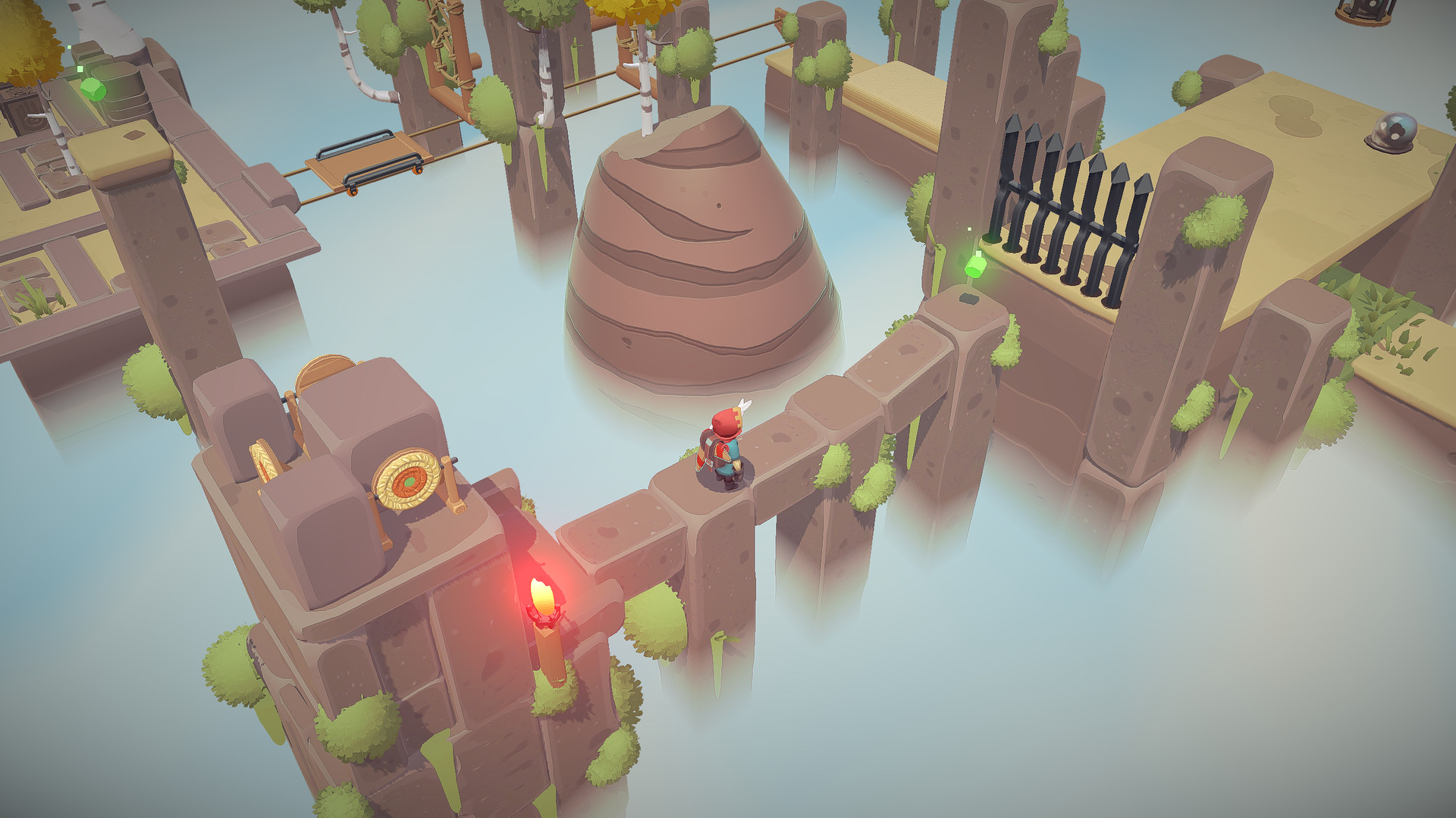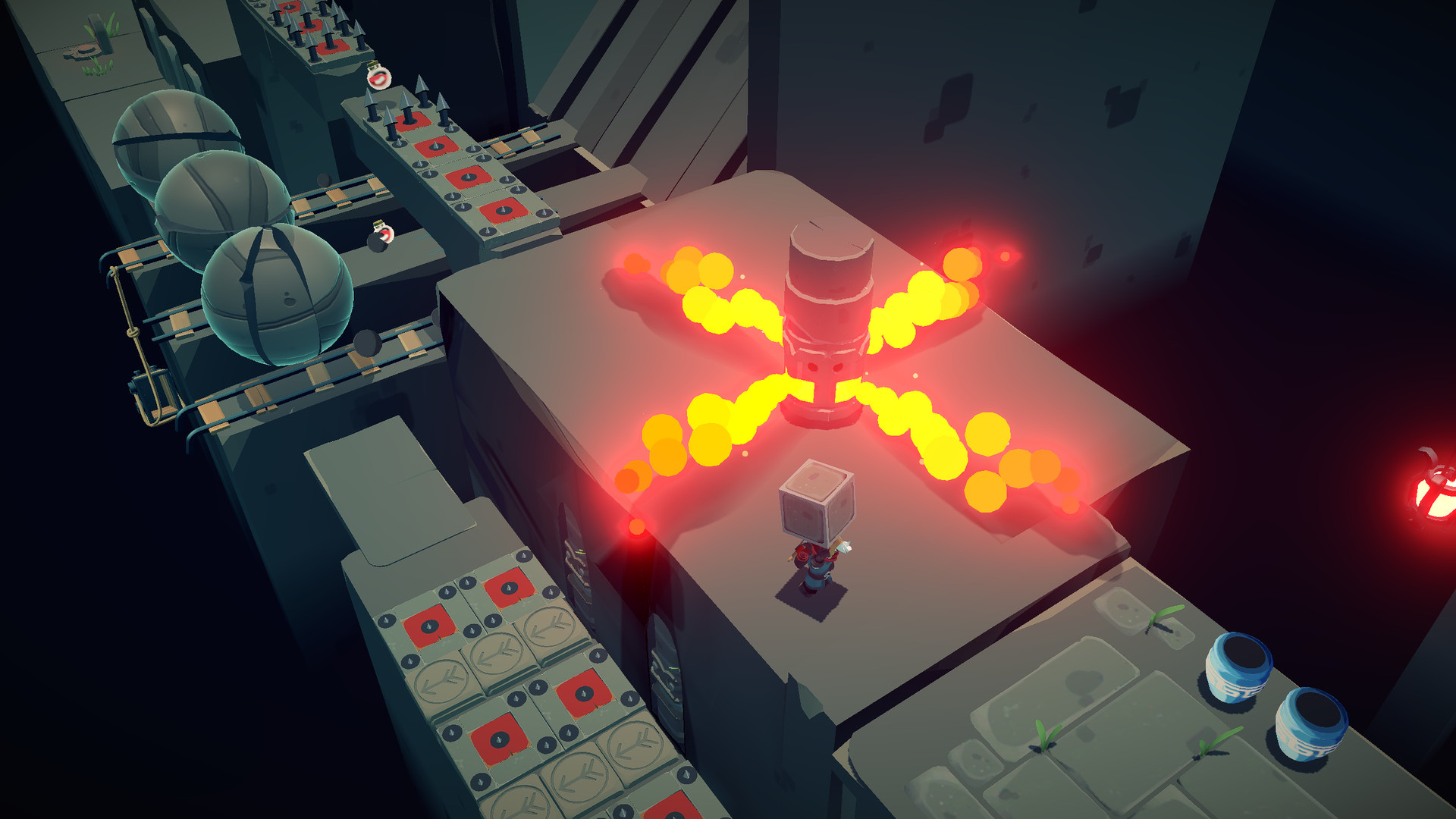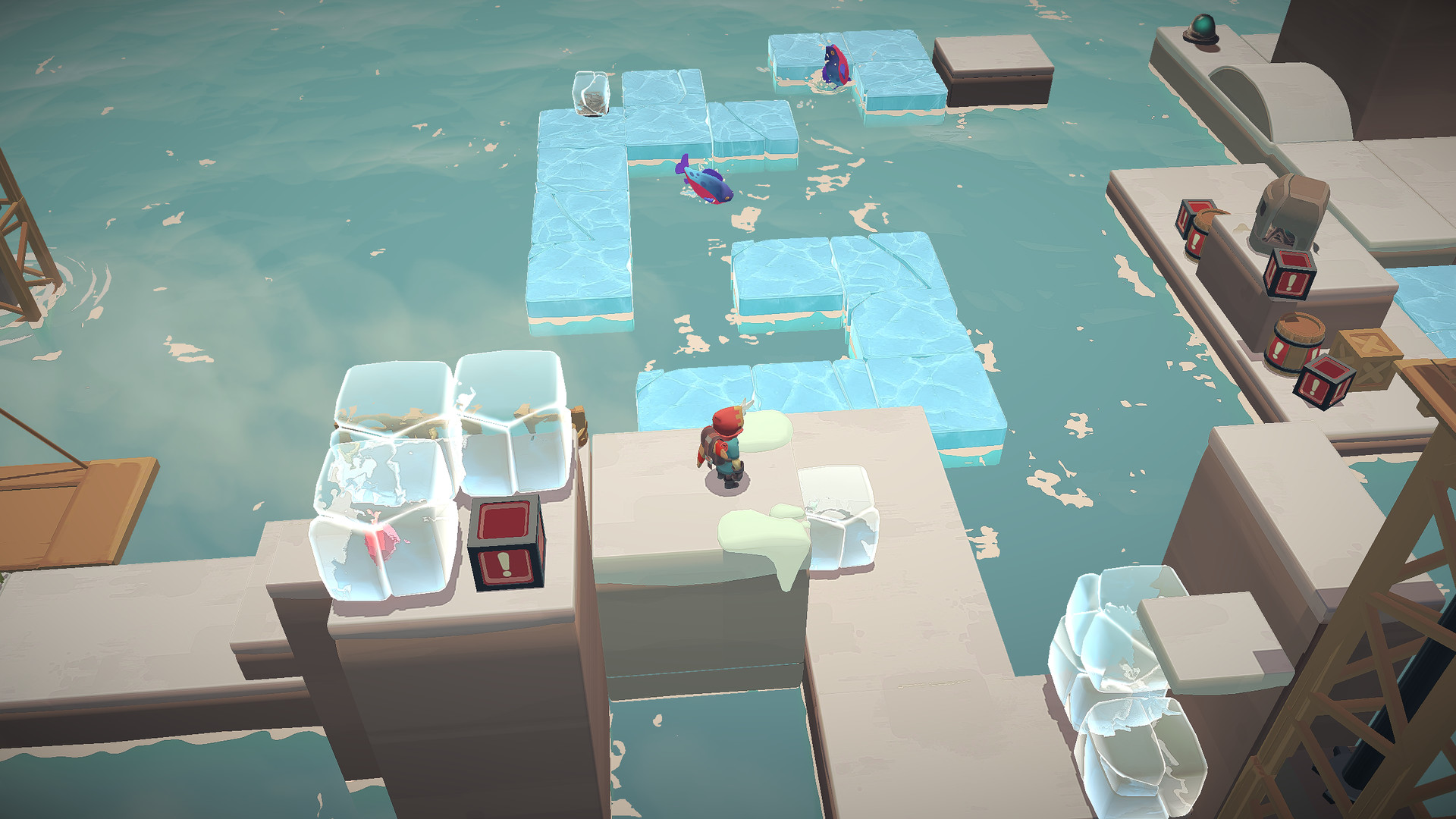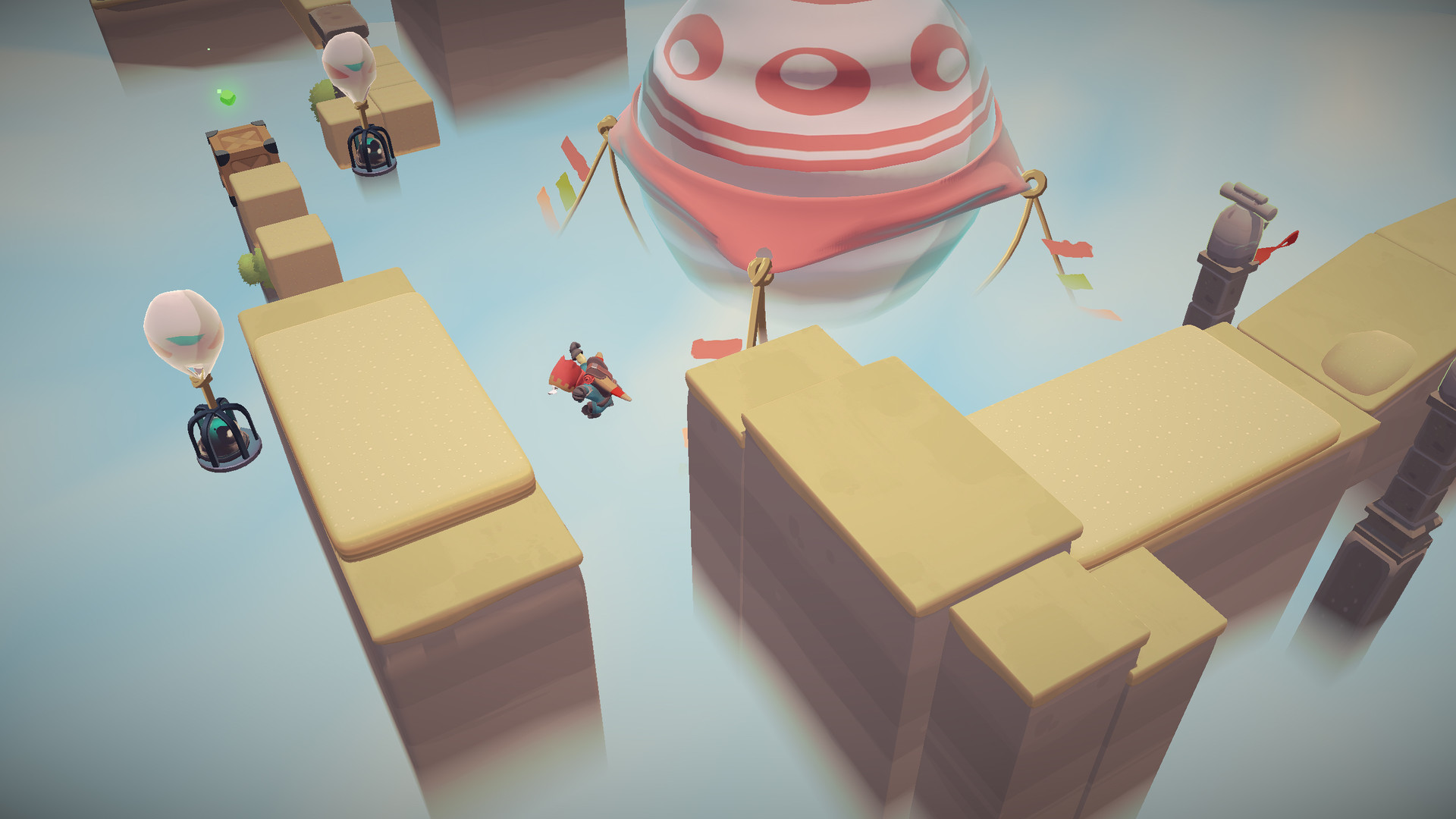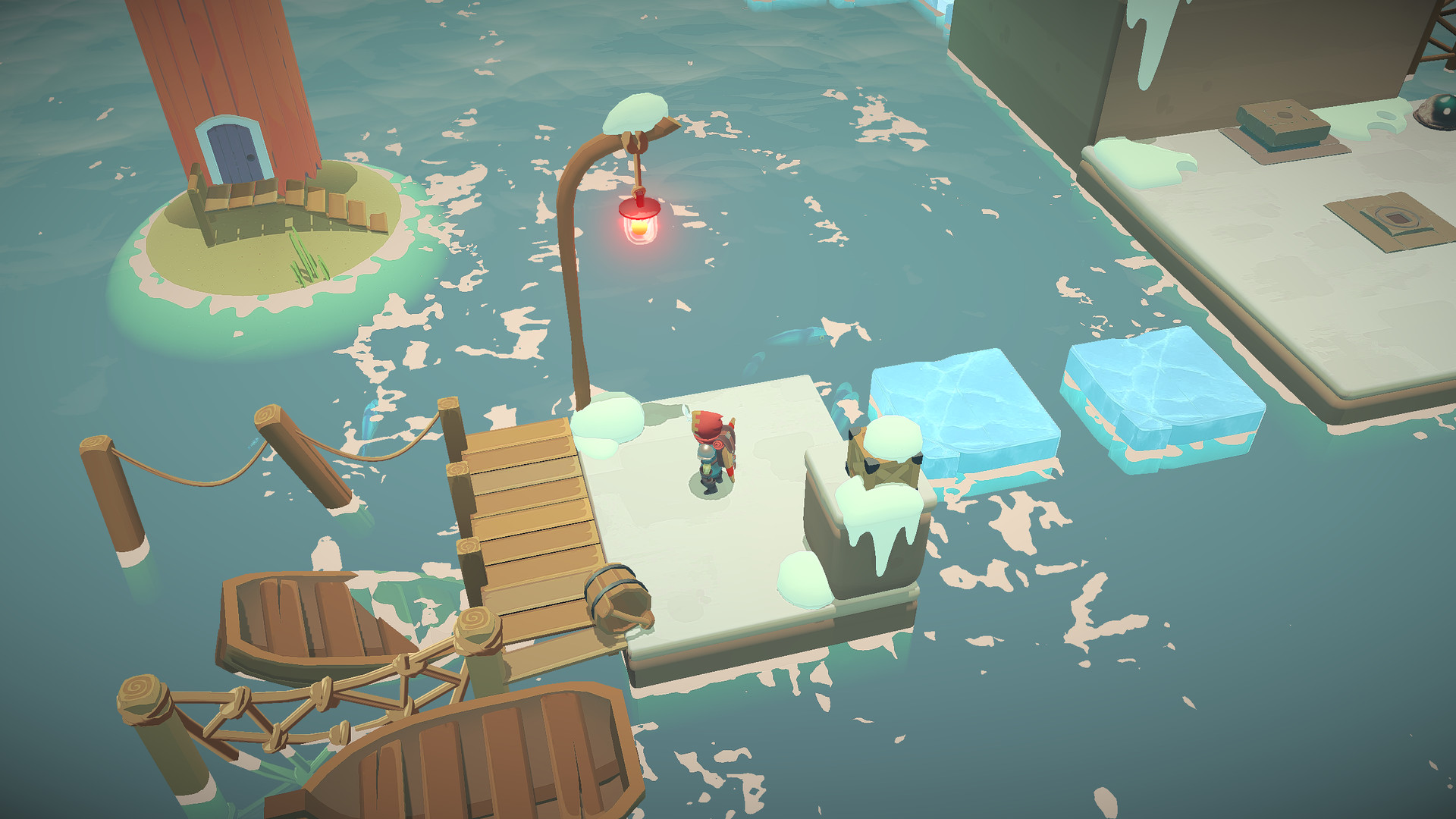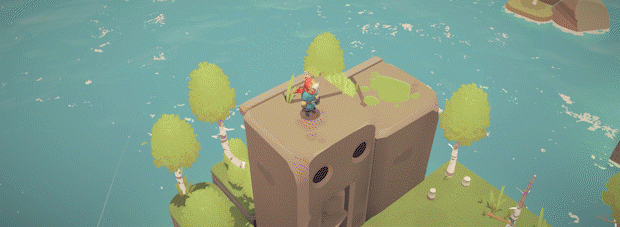
The Lightbringer is a poetic adventure/puzzle platformer with light combat elements, set in a beautiful world claimed by a vile corruption. Guided by your sister’s spirit, you must prevail where she could not. Cleanse the corruption, become The Lightbringer.
The world is under siege by a malicious corruption, targeting the ancient monoliths that gave power and light to these lands. As the chosen one, you have the ability to harness pure light energy from the air, energy that will aid you in cleansing the monoliths to bring back their light.
Explore, jump and fight your way through each level while gathering light motes. Every level functions like its own little world, and you’ll need to venture off the beaten path to find enough to cleanse the level’s monolith.
KEY FEATURES:
- Old School Adventure
The Lightbringer draws a lot of inspiration from earlier Zelda games, and is all about invoking that feeling of wanting to explore every nook and cranny. - Semi-isometric Gameplay
With a rotatable camera in an isometric view, you’ll need to look at things from many different angles in order to find solutions to your obstacles. Remember: There’s often more than meets the eye… - A poetic journey
Your sister’s spirit guides your entire journey, narrating the gameplay entirely in verse. - Hazardous Dungeons
Explore dark dungeons full of danger. Watch out for traps, secrets and that pesky slime!
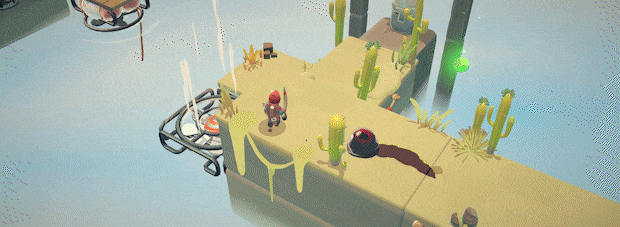
Introducing Dev Diary
[i]Individuals and interactions over processes and tools
Working software over comprehensive documentation
Customer collaboration over contract negotiation
Responding to change over following a plan[/i]
We will come back to that. But first, lets talk about games.
Typical game production looks like this:
The company decides to make a game X. Someone prepares a GDD, then the team starts building The Prototype.
Very often the majority of the team wants to have documentation of EVERYTHING.
They will tell you they cant start building the feature until they receive documentation on the feature they are making, the documentation has to contain all possibilities, otherwise, they will throw a tantrum when they find an edge case that is not documented.
So the countless pages of documentation are made by the designers. Engineers start building systems, artists create assets. Things start to shape up and it turns out the game is not fun so far. Or the designers see that what they planned simply wont work. So the changes have to be made. Most of the documentation is now outdated. Designers try to update it all. Some of the team members now have nothing to do, they are waiting for updated docs. The amount of time and money wasted like this in game companies is ridiculously high.
After some time The Prototype is ready. Now usually its used to pitch a game to the publishers. In the meantime, the production is being planned. Based on the prototype Leads prepare estimates of how many people with what skills they need. Less experienced teams will simply take the GDD and the prototype and come up with a precise (in their minds) plan, they think they know how much work will be needed. More experienced teams usually will add 30% to their precise plan, cause they know things can go wrong.
The publisher Y is interested. But they want a precise budget for the game. And a milestone plan with a precise number of assets etc.
Its impossible to accurately make something like this, but everyone pretends it isnt.
So they use their precise estimates, do some hand waving to fit it with the team they are planning. They come up with some out-of-air numbers like 20 NPCs, 100 building assets, 5 levels, and so on. They send it to the publisher. If the publisher likes it, they sign a deal, and voila! Now everything will be great, they have a precise plan after all.
You can probably guess what happens next. You have probably seen it happen time and time again. Games being delayed. Games released in a terrible state. Your Anthems and Fallout 76 releases. People crunching, sleeping on the floor in the office, divorces, bankruptcies, talented people looking for new work, AAA companies going down in flames.
And its pretty much all down to the beautiful lie that the game industry still believes in:
That games can be precisely planned, estimated, made on time, and being masterpieces on top of that.
Some companies even pull it off. Usually by crunching, sometimes by having lots of cash to set longer milestones.
The IT in general had the same ideas and the same problems. Its called Waterfall software development. And boy, did it fail. Time and time again. So people got smarter and came up with Agile. To reduce costly and surprising failures. Some super smart people (including famous Uncle Bob Martin watch his talks on YouTube, cause he is AMAZING) created Agile Manifesto to sum it up. Lets quote it again:
[i]Individuals and interactions over processes and tools
Working software over comprehensive documentation
Customer collaboration over contract negotiation
Responding to change over following a plan[/i]
I think you can see how the typical game production is far from this manifesto. Its the exact opposite of Agile. And its the reason its so problematic and toxic.
I think it should be enough for one post. I want you to digest it all and think about what you think should change. How would you approach fixing this mess? And I will share my ideas in part 2 of this series.
Have a great day,
Janusz Tarczykowski

Hello, Lightbringer Community
My name is Janusz and Im one of the developers of the game. Ive been working on writing a dev diary for you, where Ill share some tips and tricks throughout the process of developing a video game. If you have any specific topics you want me to bring up, or if you have any feedback on the posts, please let me know. I hope youll like it!
Agile Game Development Part 1: How the sausage is made
Lets start with the Agile Manifesto:[i]Individuals and interactions over processes and tools
Working software over comprehensive documentation
Customer collaboration over contract negotiation
Responding to change over following a plan[/i]
We will come back to that. But first, lets talk about games.
Typical game production looks like this:
The company decides to make a game X. Someone prepares a GDD, then the team starts building The Prototype.
Very often the majority of the team wants to have documentation of EVERYTHING.
They will tell you they cant start building the feature until they receive documentation on the feature they are making, the documentation has to contain all possibilities, otherwise, they will throw a tantrum when they find an edge case that is not documented.
So the countless pages of documentation are made by the designers. Engineers start building systems, artists create assets. Things start to shape up and it turns out the game is not fun so far. Or the designers see that what they planned simply wont work. So the changes have to be made. Most of the documentation is now outdated. Designers try to update it all. Some of the team members now have nothing to do, they are waiting for updated docs. The amount of time and money wasted like this in game companies is ridiculously high.
After some time The Prototype is ready. Now usually its used to pitch a game to the publishers. In the meantime, the production is being planned. Based on the prototype Leads prepare estimates of how many people with what skills they need. Less experienced teams will simply take the GDD and the prototype and come up with a precise (in their minds) plan, they think they know how much work will be needed. More experienced teams usually will add 30% to their precise plan, cause they know things can go wrong.
The publisher Y is interested. But they want a precise budget for the game. And a milestone plan with a precise number of assets etc.
Its impossible to accurately make something like this, but everyone pretends it isnt.
So they use their precise estimates, do some hand waving to fit it with the team they are planning. They come up with some out-of-air numbers like 20 NPCs, 100 building assets, 5 levels, and so on. They send it to the publisher. If the publisher likes it, they sign a deal, and voila! Now everything will be great, they have a precise plan after all.
You can probably guess what happens next. You have probably seen it happen time and time again. Games being delayed. Games released in a terrible state. Your Anthems and Fallout 76 releases. People crunching, sleeping on the floor in the office, divorces, bankruptcies, talented people looking for new work, AAA companies going down in flames.
And its pretty much all down to the beautiful lie that the game industry still believes in:
That games can be precisely planned, estimated, made on time, and being masterpieces on top of that.
Some companies even pull it off. Usually by crunching, sometimes by having lots of cash to set longer milestones.
The IT in general had the same ideas and the same problems. Its called Waterfall software development. And boy, did it fail. Time and time again. So people got smarter and came up with Agile. To reduce costly and surprising failures. Some super smart people (including famous Uncle Bob Martin watch his talks on YouTube, cause he is AMAZING) created Agile Manifesto to sum it up. Lets quote it again:
[i]Individuals and interactions over processes and tools
Working software over comprehensive documentation
Customer collaboration over contract negotiation
Responding to change over following a plan[/i]
I think you can see how the typical game production is far from this manifesto. Its the exact opposite of Agile. And its the reason its so problematic and toxic.
I think it should be enough for one post. I want you to digest it all and think about what you think should change. How would you approach fixing this mess? And I will share my ideas in part 2 of this series.
Have a great day,
Janusz Tarczykowski
[ 2021-04-12 18:02:05 CET ] [Original Post]
Minimum Setup
- OS: Ubuntu 12.04 LTS
- Processor: 2.0 GHz or betterMemory: 4 GB RAM
- Memory: 4 GB RAM
- Graphics: NVIDIA GeForce 8600/9600GT. ATI/AMD Radeon HD2600/3600 (Graphic Drivers: nVidia 310. AMD 12.11). OpenGL 2.1Network: Broadband Internet connection
- Storage: 4 GB available space
Recommended Setup
- OS: Ubuntu 14.04 LTS
- Processor: 3.0GHz or betterMemory: 8 GB RAM
- Graphics: NVIDIA GeForce GTX 850M or betterNetwork: Broadband Internet connection
- Storage: 4 GB available space
GAMEBILLET
[ 6432 ]
FANATICAL
[ 7166 ]
GAMERSGATE
[ 3708 ]
MacGameStore
[ 5362 ]
FANATICAL BUNDLES
HUMBLE BUNDLES
by buying games/dlcs from affiliate links you are supporting tuxDB

